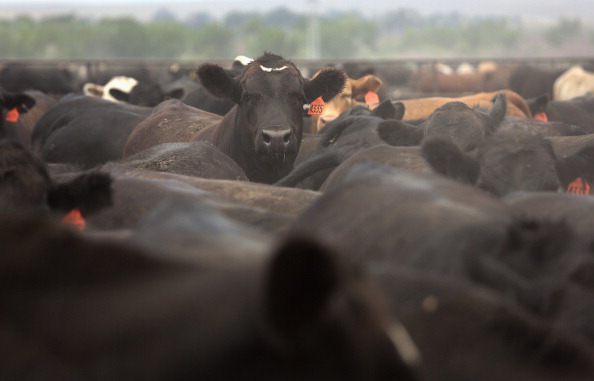
The meat industry increased its purchases of antibiotics that are important to human health by 20% between 2009 and 2013, according to a report from the U.S. Food and Drug Administration. The increase was 3% between 2012 and 2013. These increases came despite increased regulations and scrutiny on the use of antibiotics in livestock and poultry.
Antibiotics are used in animal feed to promote growth and to reduce the incidence of infectious disease in large poultry and livestock operations. However, this use of antibiotics can give rise to bacterial strains that are resistant to those antibiotics and which can pose health problems in humans. Seventy percent of all antibiotics that are important to human medicine are used in livestock.
Cephalosporins, an important class of antibiotics, were banned by the FDA from use in livestock animals in 2012, but this report notes an increase in their use since then, with purchases increasing by 2.5% in 2013 over the previous year. Cephalosporin antibiotics are used to treat pneumonia and other infections in people.
The FDA released guidelines in 2013 calling for drug makers and agricultural companies to voluntarily phase out antibiotic use as a growth enhancer in livestock. The agency said those guidelines were an effort to stem the surge in resistance to certain antibiotics.
The U.S. Department of Agriculture is planning to begin collected more information on the use of antibiotics on farms.
In March, the White House issued a plan to reduce over the next five years the amount of antibiotics that can lead to antibiotic resistance. The goal is to reduce the incidence of antibiotic-resistant infections.
Food companies and restaurant chains are starting to put pressure on the livestock and poultry industry to stop using antibiotics. McDonald's has recently announced plans to phase out its use of chickens raised with antibiotics.
